Is Wheat a Vegetable and a Grain? Find Out the Truth
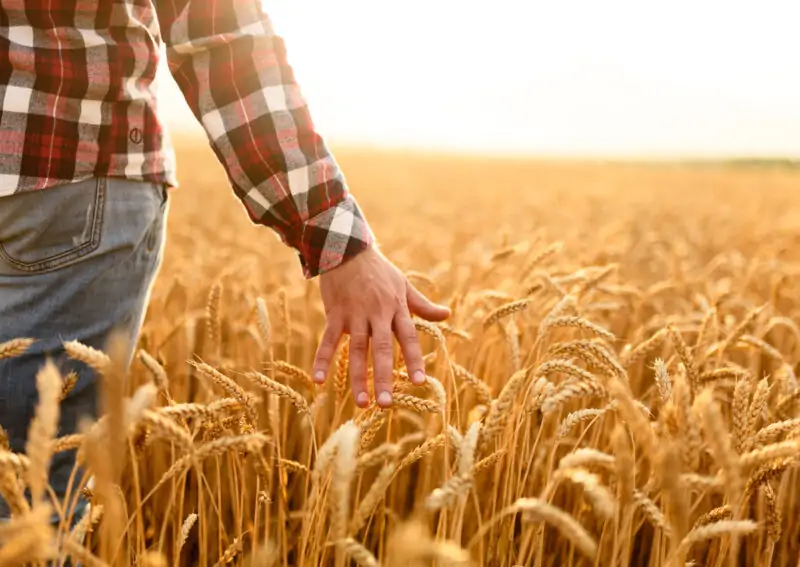
Is wheat a vegetable? This is a question that has been asked by many people, and the answer may surprise you. Wheat is actually not considered a vegetable, but rather it falls under the type of cereal grains. In this article, we will explore what makes wheat plant different from vegetables and why it belongs in the classification of cereal grains.
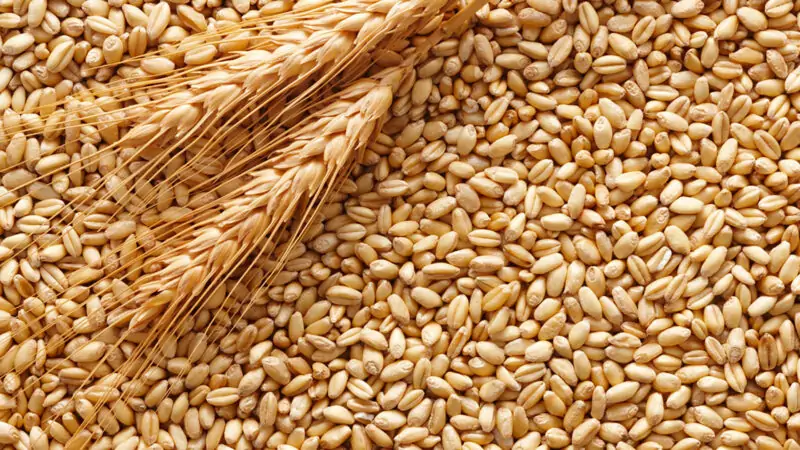
We will also delve into the nutritional benefits of wheat kernels and how they can be used in our everyday lives. Lastly, we’ll clear up some common misconceptions about wheat to provide you with accurate information on this nutritious food item.
Understanding Wheat and Its Classification
The Basics of Wheat
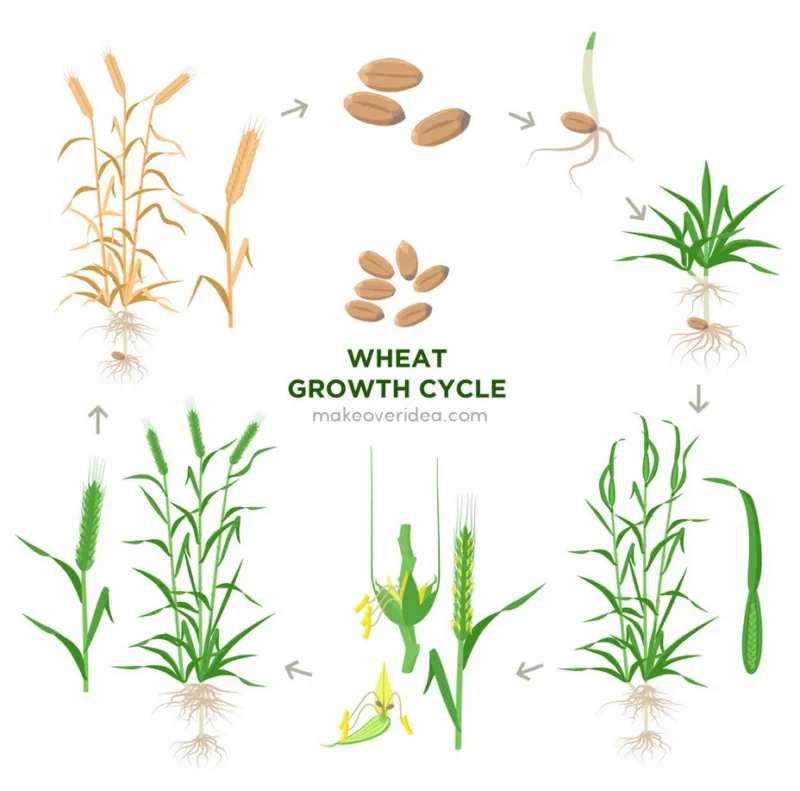
Wheat is a type of cereal grass that produces edible seed of a flowering or kernels, which are commonly known as “wheat grain.” These kernels can be ground into flour to make bread, pasta, or other baked goods used for food. Wheat is a versatile plant, and there are various types of wheat, such as whole wheat flour (made from grinding whole grain), white flour (refined), and semolina (used for pasta).
Cereal Grains vs Vegetables
Vegetables come in different forms such as roots like carrots, tubers like potatoes, leafy greens like spinach, and others. However, they all have one characteristic in common: they grow above ground. On the other hand, a plant that belongs to the grass family, including corn, rice, oats, and wheat, among others, grow below ground before being harvested. Whether their origin comes under the soil surface plays an important role in classifying them.
For this reason, wheat is not considered a vegetable: botanists swear that wheat is a grain. Wheat grains are seeds of this plant that are used for propagation.
Why Wheat Is A Cereal Grain and Not a Vegetable
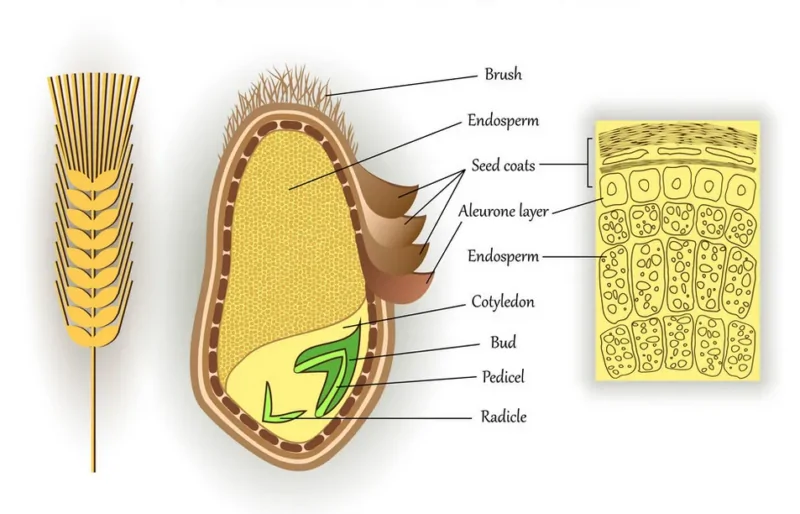
Characteristics Of Cereal Grains
Cereals share similar characteristics; they all contain certain nutrients needed by plants for survival. These include carbohydrates, fiber, minerals, vitamins, and protein. Cereals also have hard shells called hulls, which protect them while growing beneath soil surfaces.
It is these traits that emphasize the difference between a grain and fruits and vegetables. Fruits need sunlight exposure to ripen, thus making carbohydrate production easy. Vegetables produce leaves, stems, and roots which help them absorb nutrients from the soil. Since wheat performs neither of these functions, wheat is a cereal crop: it is as simple as that.
How Wheat Differs From Vegetables
There is another reason why the idea that wheat is a vegetable is refuted by botanists. Wheat differs from vegetables in that it does not have stems or leaves; instead, it has long stalks with kernels of grain at the top. Unlike vegetables, wheat also requires minimal sunlight to grow since its source of energy comes mainly from carbohydrates found in the ground where they are grown. So, wheat is a plant that is categorized as a grain.
Exploring The Nutritional Aspects Of Wheat
Health Benefits Of Wheat
Wheat is commonly used to make bread. It is rich in fiber, which helps keep our digestive system healthy by regulating bowel movements and reducing constipation.
What’s more, wheat’s grains are a good source of vitamins B and E and minerals such as iron, magnesium, potassium, and zinc, which support body functions like the immune system, skeletal formation, and blood circulation, among others. Wheat products including bread, are known for their satiety effect, thus making one feel full faster, leading to less overeating. Wheat is also a surprisingly good source of plant proteins.
Varieties of Wheat: Whole Grains vs Refined Grains
Whole grains contain all plant parts of the grain, including bran, endosperm, and germ. Refined grains, on the other hand, only retain the part of the wheat called endosperm, thus losing much nutritional value. Most whole wheat products come unrefined, thereby retaining the most nutritional benefits associated with cereals. For this reason, always choose whole wheat bread from the available variety of food products.
Uses Of Wheat In Our Everyday Lives
Wheat In Food And Cooking
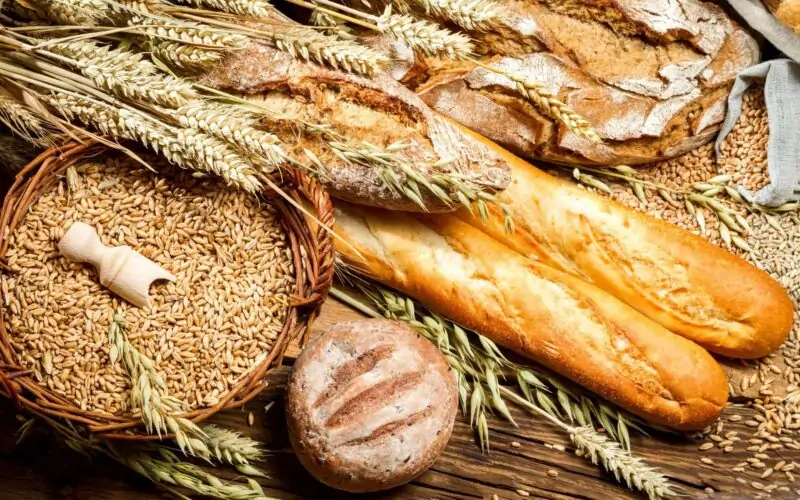
Wheat can be classified in accordance with its gluten content. You have probably heard about two varieties of wheat, namely, soft and hard. Soft wheat contains low amounts of a protein called gluten. A variety known as “bread wheat“ or hard wheat is typically rich in gluten. Gluten helps wheat bread remain elastic: for this reason, this staple food in many countries of the world is a very good source of gluten, which can be detrimental for people who suffer from an allergy to gluten.
One common use for wheat is in baking. It can be used to make flour, pasta, bread, cakes, and other baked goods. What’s more, although wheat is typically associated with baking, there are numerous other uses for it. Pilafs made using cracked wheat can be served alongside main dishes. Breakfast oatmeal porridge mixed with honey, fruits, or nuts provides an energizing start to the day. Other uses include beer brewing, distilling vodka, wine production, jams, and jellies. All in all, wheat is one of the more versatile plants known to humanity.
Another way we consume cereal grains is through breakfast cereals; cereal boxes are a staple food item found in households worldwide!
Other Applications Of Cereals
In addition to foods that contain wheat, cereal starches are used in making adhesives, plastics, paper, clothing, and various other industrial applications: it is small wonder then that wheat is one of the more popular grains in the world.
Debunking Common Myths About Wheat
Misconceptions About Wheat
There are many misconceptions about wheat that have led to it being avoided by some individuals. One common myth is that consuming wheat leads to weight gain; however, this stems from the consumption of refined grains. Whole grains like whole wheat contain fiber, which helps keep one feeling fuller, leading to less overeating. So, when they say that wheat makes you overweight, this only relates to refined wheat seeds that don’t have bran and germ. On the contrary, whole wheat is an excellent source of dietary fiber that helps you feel satiated for longer.
Another myth is those organic or gluten-free products made from cereals are healthier than conventional ones. However, there’s little evidence supporting this claim that wheat that is rich in gluten is bad for you: research shows that people who do not suffer from an allergy to gluten can consume it without limitations.
Wheat Allergies And Sensitivities
Some people suffer from allergies related to cereal grains; wheat allergy affects approximately 0.4% of children and adults worldwide, while celiac disease (an autoimmune disorder) affects around 1% of the global population.
Individuals who experience discomfort after eating foods containing wheat may be suffering from a sensitivity known as non-celiac gluten sensitivity. If you were diagnosed with this condition, do not use wheat: a plant that makes you sick is not a good choice.
FAQs
While some people claim that wheat is considered a vegetable, this is not true. Despite being consumed alongside vegetables, wheat is classified as a grain and falls under the category of cereal grains rather than vegetables.
Unlike vegetables, wheat grows beneath the soil surface without leaves or stems, differentiating them into separate categories. So, wheat is a cereal grain that belongs to a totally different botanical category.
Reason why wheat is a grain if that grains grow below ground, whereas fruits and vegetables grow above. Wheat does not have stems or leaves compared to vegetables. So, there is only one category for wheat: grain.
Cereal grains are usually found in foods like bread, pasta, oatmeal, and numerous other food products: they are a part of our everyday diets. Wheat and other grains are also used for beer brewing, distilling vodka, and other uses.
No! It does not fit either classification criteria since it grows below the soil surface and lacks stems or leaves. What some people call wheat berries are the grains of the plant. What’s more, wheat is not simultaneously a grain and a vegetable as there is simply no such thing.
Wheat is rich in fiber, vitamins, minerals, and proteins, which help support body functions such as the digestive system, skeletal formation, and blood circulation, among others. What’s more, wheat sprouts are full of vitamins and dietary minerals.
There are several misconceptions related to wheat consumption, including weight gain, but little evidence supports this claim. Current research shows that wheat of the whole grain variety does not affect your waistline.
Conclusion
So, is wheat a vegetable? No, wheat is not a vegetable: it cannot be classified as a vegetable for a number of reasons. Wheat evolved from flowering grass plant and these days fall under the category of cereal grains. Wheat grains are the seeds of the plant.
It is important to know that wheat has numerous health benefits due to its high fiber content and other nutrients like vitamins B and E, minerals, etc. It’s used widely in our daily lives through baked goods, pasta, and cereal products, making it an important staple food item globally despite various myths surrounding it. By understanding the differences between cereals (grains like wheat) and vegetables and knowing whether you can think of wheat as a fruit, is it like a vegetable, whether it is a type of grain, one can appreciate this plant and its nutritional value better!